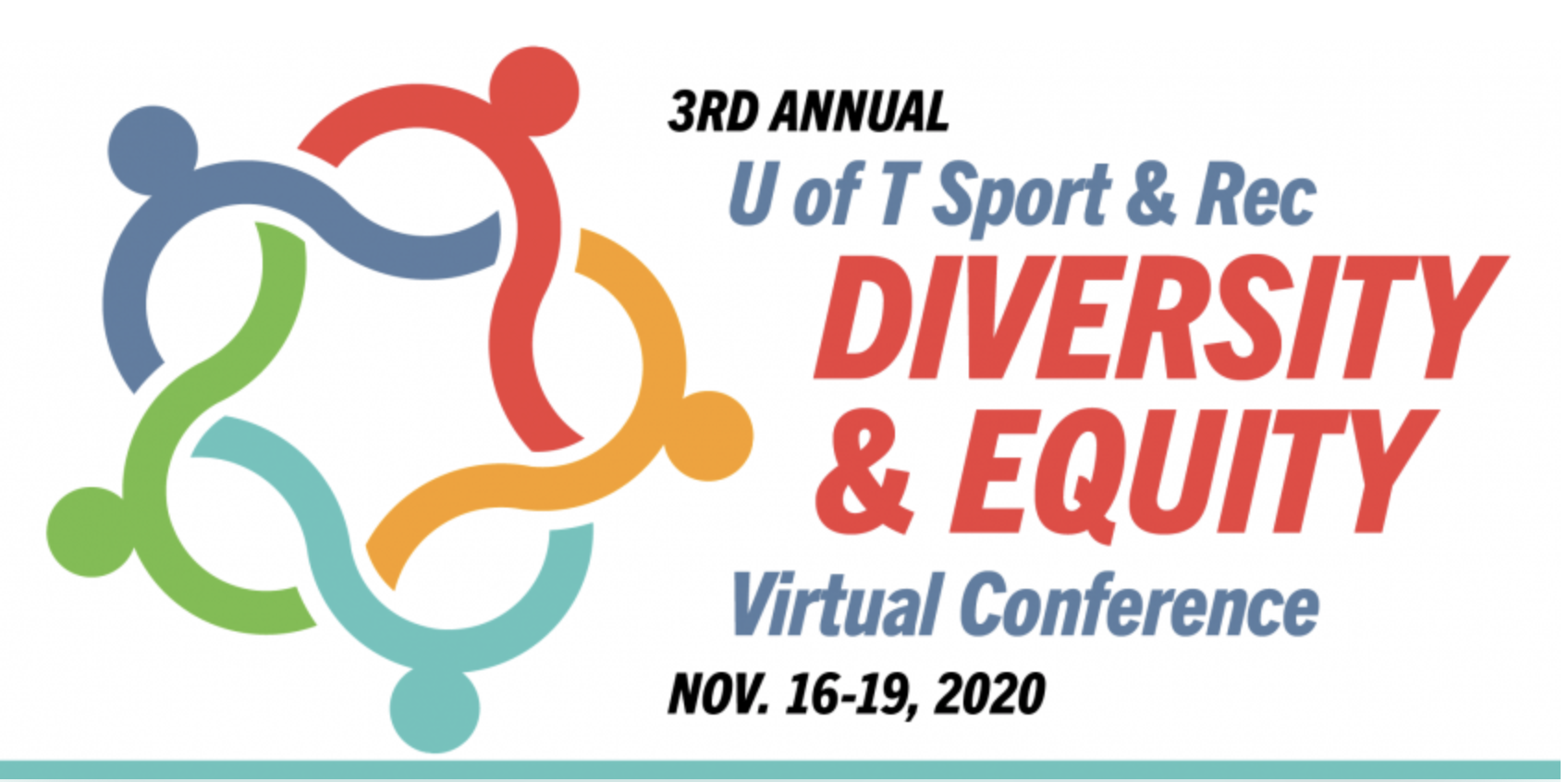On November 18, I had the chance to listen to guest speaker Stephanie Chrismon as part of the University of Toronto Sport & Rec’s Diversity and Equity virtual conference. Chrismon—whose identification as fat is a self-proclaimed “political identity”— is a writer and scholar with a focus on social justice . She speaks about relationships with food, pop culture and fighting fat-shaming with an unmissable passion. Her presentation, “The insatiable cult of anti-fat bias”, opened by pointing out a space with an often-overlooked potential for fat-phobia and racism—cartoons. Chrismon explained the ways in which, from a young age, North Americans are exposed to the Evil Fat Villain, the Chubby Sassy Black Woman and many more tropes of the like.
But this mistreatment of people with big bodies—particularly in the case of women of colour—doesn’t end with cartoons. Far from it, exclusion of overweight people is visible in all kinds of media. From the portrayal of pitiful fat women on TV to the notion that bigger people just can’t control themselves, anti-fat messaging is in abundance. Chrismon went on to explain the ways in which depictions of disordered eating in entertainment are swayed by gender. These depictions are most easily found in rom-coms—just think of the many scenes in which a woman binge-eats all her breakup sadness away.
In these moments, Chrismon explained, we are meant to sympathize with the woman as she wipes her tears with Cheetos and cries into a bag of Oreos. Yet when a man displays this same sort of disordered eating, it’s funny: “men are played for laughs, women for sympathy”, explained Chrismon. In both cases, disordered eating is taken lightly, helping to normalize an unhealthy physical and emotional habit. But, as Chrismon made clear, in the scene of a woman lying on the couch in dismay surrounded by empty chip bags, it is implied that only women are emotional about food.
Beyond film and television, Chrismon engaged with the trade that has perhaps the most tumultuous relationship with big people: the fitness industry. When asked about the language of “fat-burning”, she made the point that when it comes to health and wellness, we must remember that health just doesn’t look the same on everyone. I couldn’t have put it better myself when she said “when we talk about fatness rather than health, we do a disservice to our bodies and everyone else’s”. To me, this was the main takeaway from Chrismon’s talk—health just isn’t one-size-fits-all, and it doesn’t look the same on everybody.
Of course, as Chrismon brought up, not everyone has the same freedom to make decisions about their wellbeing. Gym memberships and nutritious meals are often pricey, making it more difficult for marginalized groups to empower their bodies through movement and food. But this difficulty gives us all the more reason to respect that when it comes to living a healthy, active lifestyle, everyone is coming from a different place.
Listening to Chrismon speak, I couldn’t help but think we should all consider the places we are starting from with regards to personal wellbeing—mental and physical. After all, that’s part of the beauty of true health and wellness: it is deeply personal, leaving it in the hands of each individual to determine what “health” means to them.

0 comments on “Sport & Rec blog: The insatiable cult of anti-fat bias”